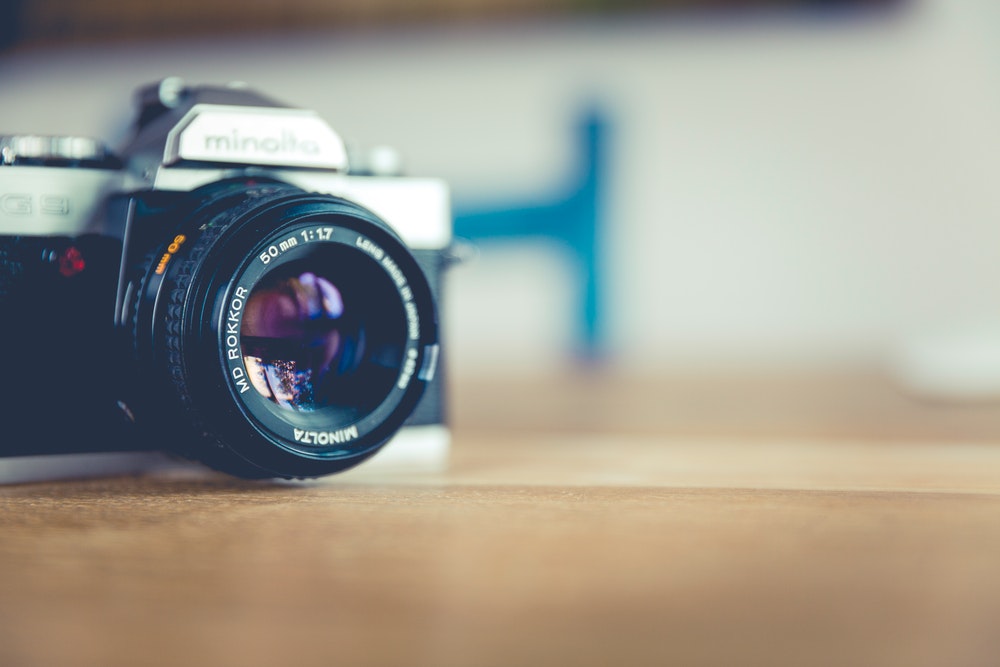The term exposure is used in digital photography to refer to the amount of light that the sensor takes in for each photograph taken. The amount of light is important as too much or too little can result in a photograph you don’t want – either too light or too dark; in both cases making it difficult to see the image you had hoped to capture. Today’s digital cameras help to determine the right exposure through the judgment of light meters; they measure the amount of light in any given frame and set an automatic, ideal exposure.
As a beginner to digital photography, the use and dependence on the light meters is perfectly acceptable. As your love for photography grows, you might want to experiment with the exposure your self and create far more interesting and sometimes better quality pictures.
Cameras use two main functions/controls to determine the exposure in digital photography; these are ‘shutter speed’ and ‘aperture’. The first from these, shutter speed, is the length of time in which the sensor is exposed to the light source. Aperture is the size of the lens which is being used. Each has a specific measurement that you will need to understand a little too. With shutter speed, the measurement is taken in seconds or fractions of a second in most cases.
F/stops is the measurement used for the size of the lens. The larger the lens/aperture, the lower the number of the f/stop. An example would be F/2.8 which would be one of the wider lenses used. Each of these controls have other functions too – which is why there is a need for more than one exposure control.
Another feature of SLR (single lens reflex) camera is the ISO speed. This gives a further control on the sensitivity of the camera’s sensor when it takes in light. The ISO speed is usually referred to as a number between 100 and 800 – with the higher number collecting light at a quicker pace. These three together, the shutter speed, aperture and ISO, are often called the ‘exposure triangle’.
When you feel ready to experiment with manual exposure settings and exposure in digital photography, it is important to remember that if you are changing one of the components – you will probably have to change the other. An example would be taking a photo of a moving object that you wish to freeze and prevent blurring.
You choose a faster shutter speed to get the photo you want however you still need the same amount of light, therefore increasing the width of the aperture will make that possible.
By experimenting you can create better photographs of moving objects – the speed of which the camera can not pick up on alone. Over time, through practicing and taking notes of the settings you use, all kinds of special effects can be made for incredible photographs. The process of taking photos of the same scene with different exposure settings is called ‘bracketing’.







